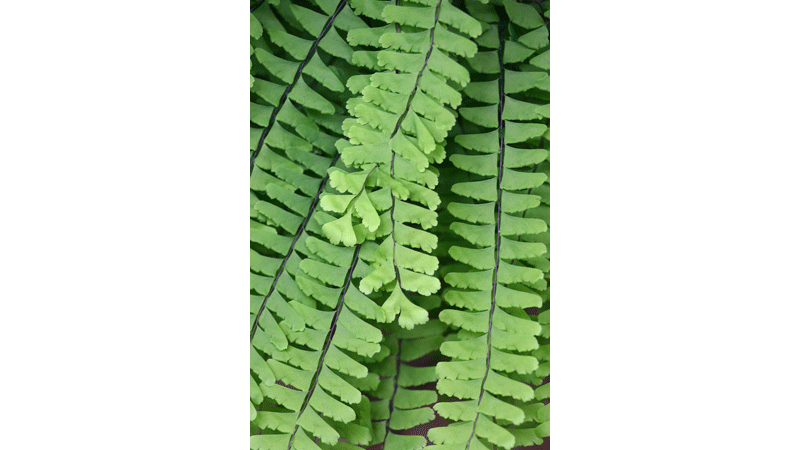COLUMN: Resurrection Fern
Published 10:00 am Wednesday, April 3, 2024

- (Photo courtesy of Metro Creative Graphics Inc.)
|
Getting your Trinity Audio player ready...
|
By Susan and Biff Andrews
The first signs of spring are popping up everywhere, and we are always excited to get out into the woods and see the emergence of fiddleheads from the many varieties of ferns in our area. We really like ferns, and there are lots to be seen in the moist areas near the lakes and waterways around the area.
An interesting fern we see every once in a while is the Resurrection Fern (Pleopeltis polypodioides). It is native to the Southeastern United States and can be found in swamp forests and on trees along riverbanks. It likes the really damp places. Resurrection fern is very common in coastal areas south of here. It is less common here and a little hard to spot unless you are looking for it. We mainly see it in a few trees along the Blackwater River. There is also a tree in the churchyard at St. Luke’s Church in Smithfield that has some.
Unlike any other ferns native to our area, it is an epiphyte, which means it is an air plant. Resurrection fern lives in trees but is not a parasite. It does not harm the tree. It reproduces through tiny spores dispersed through the air and land on the bark of a tree. These spores grow and attach to the tree’s structure, using it only for support. The plant takes its nutrients from the air and water that accumulates around its “roots,” which anchor its creeping rhizomes in the crevices of the tree branch. It can also reproduce from pieces of its rhizomes. Its leaves (fronds) are shiny green and leathery, forming a bushy clump along the tree branch when hydrated.
The easy way to identify this fern is that no other fern in our area grows on living trees. The difficulty is that there are not a lot of them around here. It is difficult to see when dry, even though it is technically an evergreen fern. It can remain dry for many years, some say as much as 100 years and will rejuvenate into a lush green fern again after it rains. We haven’t seen any specific references to Easter in our reading about Resurrection Fern, like the Easter Lilly or the Dogwood tree. However, it reminds us of Easter because of the name and the fact that it appears to die when dried out and “resurrects” when it is sufficiently hydrated again.
Take the opportunity to get out this spring and, like the Resurrection Fern, rejuvenate yourself by drinking in the beauty that Mother Nature has to offer. Have a happy Easter!





